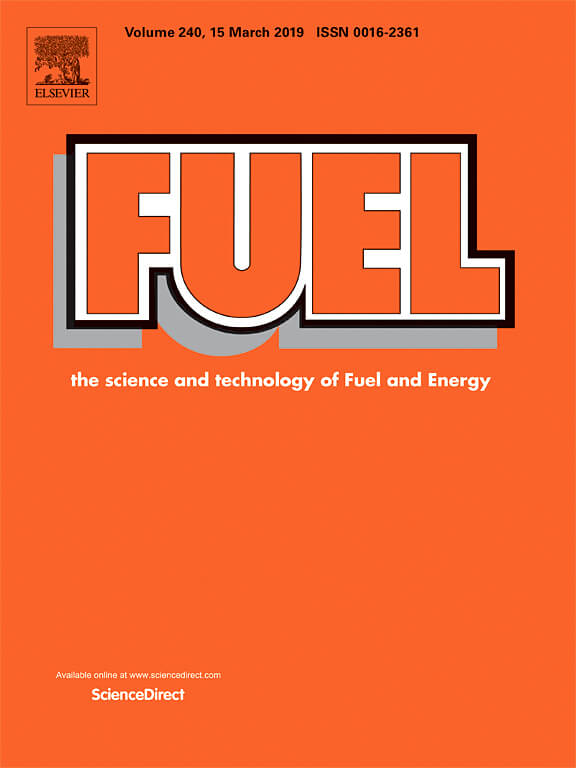Abstract
This work uses support vector machine regression to correlate infrared absorption spectra to a metric representing low temperature combustion engine (LTC) performance, the LTC index: a singular value encapsulating achievable engine loads, combustion phasing, and efficiency. 313 total fuels informed the model, including mixtures and surrogate gasoline fuels containing n-heptane, isooctane (i.e., 2,2,4-trimethylpentane), toluene, ethanol, methylcyclohexane, xylene(s), 2-methybutane, and 2-methylhexane. We predicted LTC indices of the FACE (Fuels for Advanced Combustion Engines) gasolines A–J within ±6.0 units. The proposed methodology can be used to both predict gasoline LTC performance and also identify important hydrocarbon components that most improve (or reduce) LTC engine performance.
